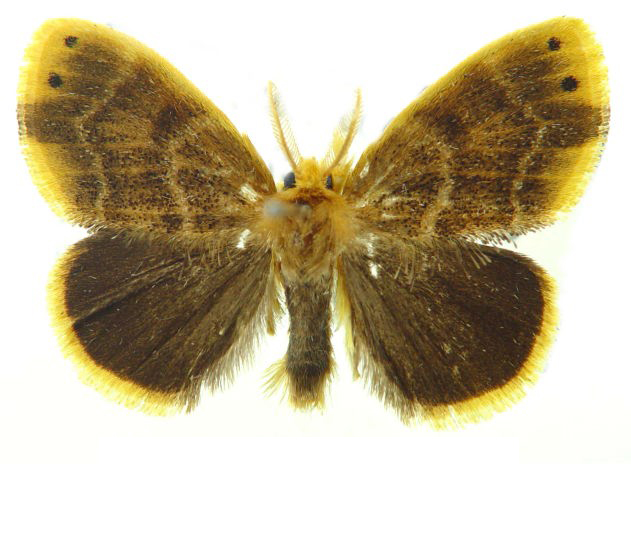


| Latin Name | Arna pseudoconspersa |
| Common Name | Tea tussock moth |
| Biology | Adult moths are active at night and phototactic, ovipositing in masses on the undersides of tea leaves. Larvae feed gregariously on tea foliage: early instars skeletonize leaf mesophyll, while later instars progress to consuming notched edges; their venomous setae cause skin itching upon contact. This pest produces 2-3 generations annually, overwintering as egg masses on mid-lower leaf undersides of tea plants. |
| Damage | This pest primarily damages tea plants but may also harm tea-oil camellia and citrus trees. |
| Distribution Regions | East Asia |
| Monitoring | Pheromone lures mimic natural sex pheromones to attract male insects into specialized traps for population monitoring and suppression. As a core IPM component, monitoring enables early risk detection and targeted control. Mass trapping reduces mating opportunities to curb offspring populations. Protocols: ●Use only with matched traps. ●15-45 traps/hectare,replace/replenish every 4-6 weeks. ●Wear gloves or wash hands with detergent when switching lure types. ●Refer to trap-specific hanging instructions. |
| Recommended Traps | Delta Trap, Wing Trap |

分享您的联系信息,即可获得精准匹配的信息素解决方案。如果我们现有的产品组合缺乏最佳匹配,我们的合成化学团队将启动定制开发——从分子结构设计到规模化生产。